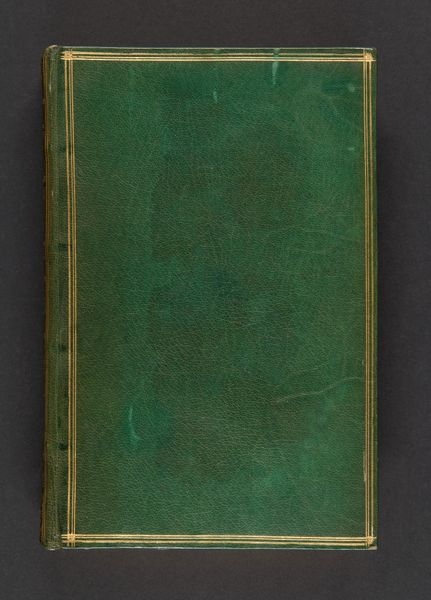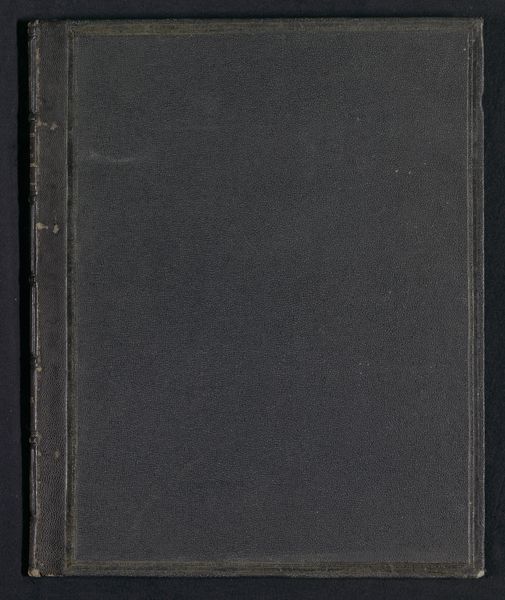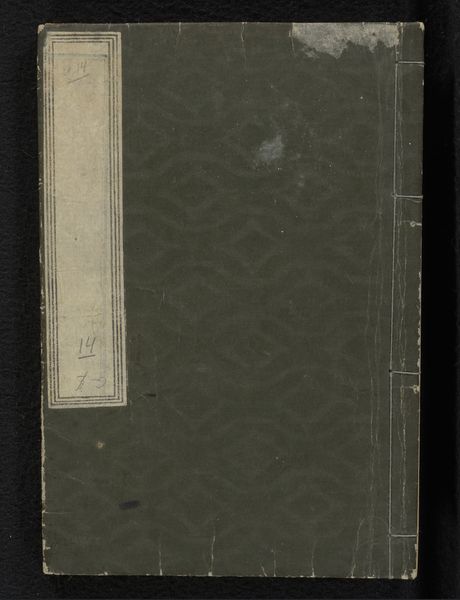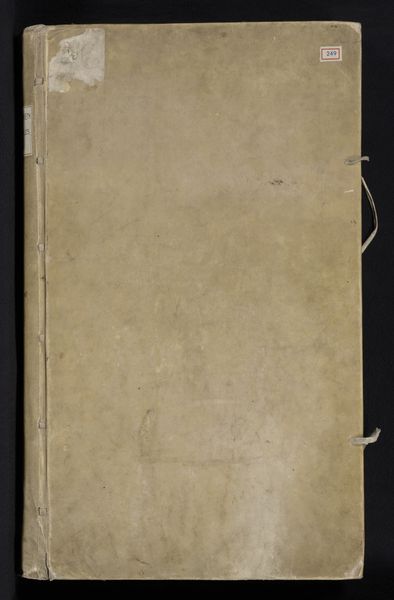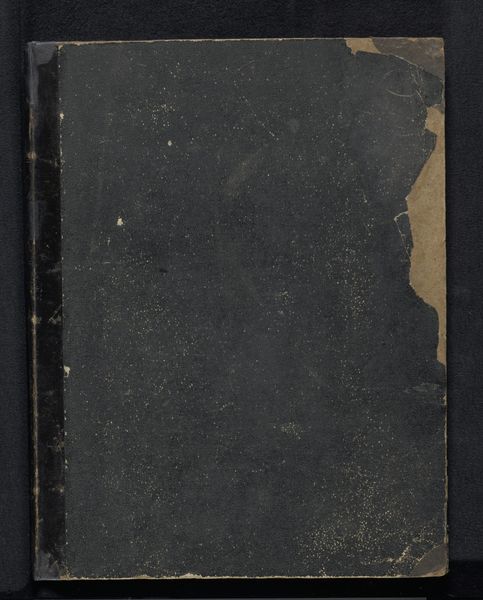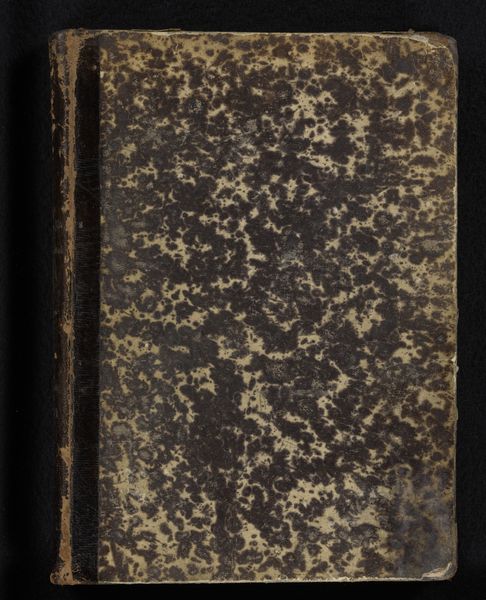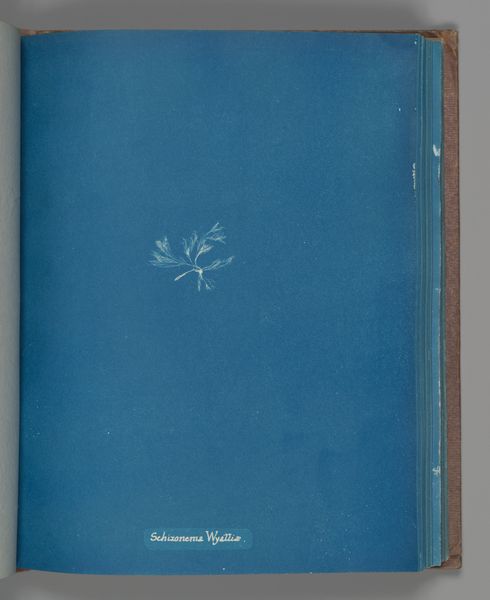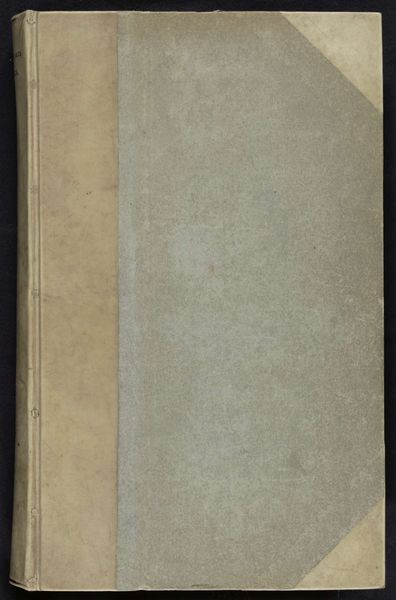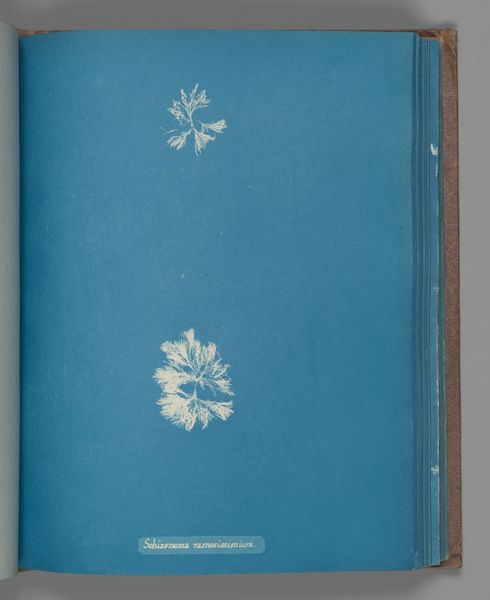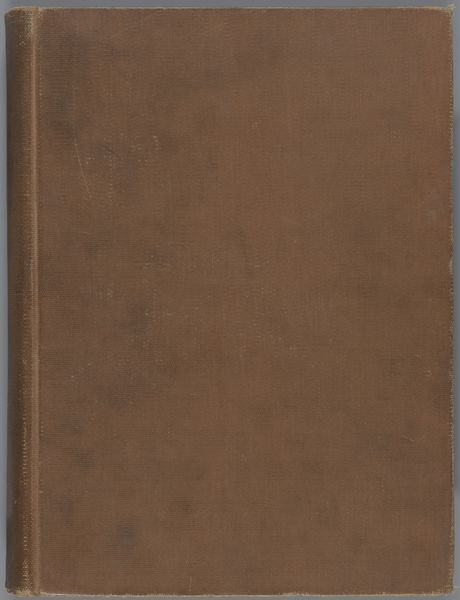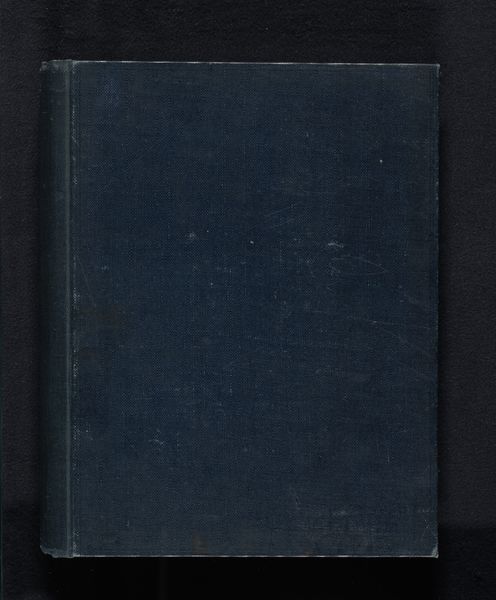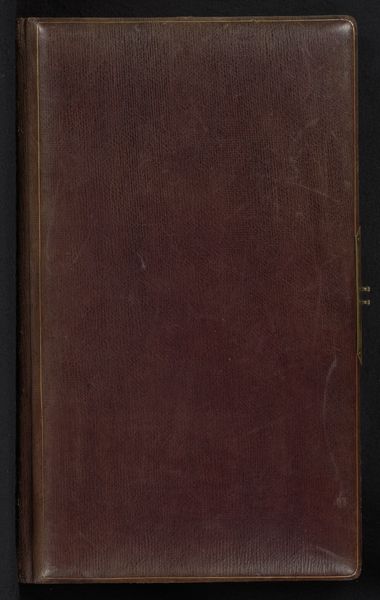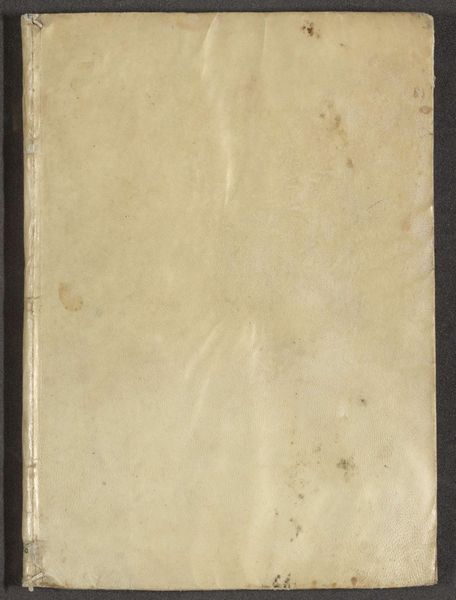
The great book-collectors / by Charles Isaac Elton & Mary Augusta Elton 1893
0:00
0:00
print, textile, paper, photography
#
toned paper
# print
#
book
#
textile
#
paper
#
photography
#
england
#
decorative-art
#
watercolor
Dimensions: vi, 228 pages, [9] leaves of plates: illustrations, portraits; Height: 9 7/16 in. (24 cm)
Copyright: Public Domain
Editor: This is a photograph of the cover of the book "The Great Book-Collectors" by Charles Isaac Elton and Mary Augusta Elton, published in 1893. It’s a lovely, understated design, isn’t it? Simple, but elegant. What stands out to you about this piece? Curator: I see this image not merely as decorative art, but as a window into late 19th-century British society and its relationship to knowledge. The restrained elegance of the cover speaks volumes about the perceived value and exclusivity of books during that era. Who had access to this knowledge, and who was excluded? Editor: That’s a really interesting perspective. I was just thinking about the colors! Curator: Exactly. Consider the toned paper, the textile covering, even the restrained typography. It suggests a specific audience: a literate, likely affluent, and decidedly Anglo-centric demographic. How does this influence the kind of stories being told and preserved? What narratives are centered, and whose voices are marginalized by this implicit gatekeeping? Editor: So, you're saying the design choices reflect a power structure? Curator: Precisely. The book, as a physical object, embodies cultural capital. Who gets to decide which books are "great" and which collectors are worthy of celebration? This is more than just aesthetics; it's a statement about cultural authority. It prompts us to think critically about the social implications inherent in the collection and preservation of knowledge. Editor: I hadn't really considered all that. Now I’m thinking about the books that *aren't* here. Curator: That’s exactly the point. By studying even seemingly simple images like this, we can uncover layers of meaning related to identity, power, and representation. The silences become as important as what is presented. Editor: Thanks, I am going to rethink everything I thought I knew about book design!
Comments
No comments
Be the first to comment and join the conversation on the ultimate creative platform.
